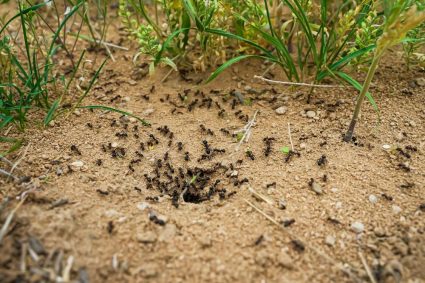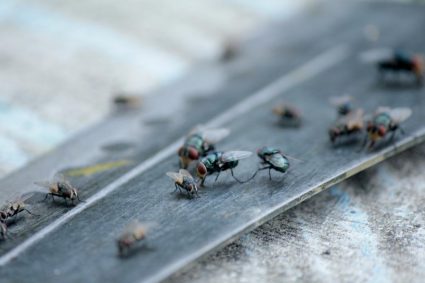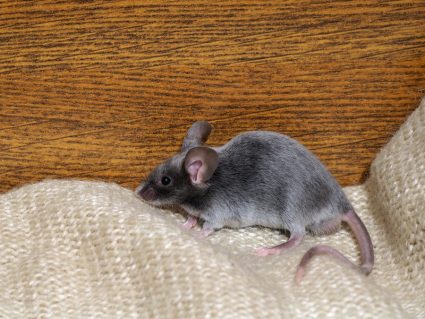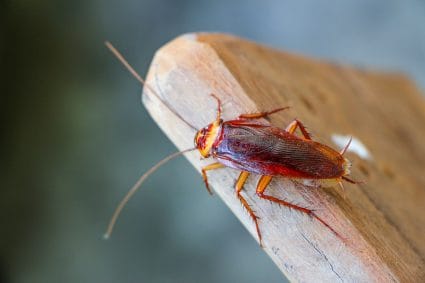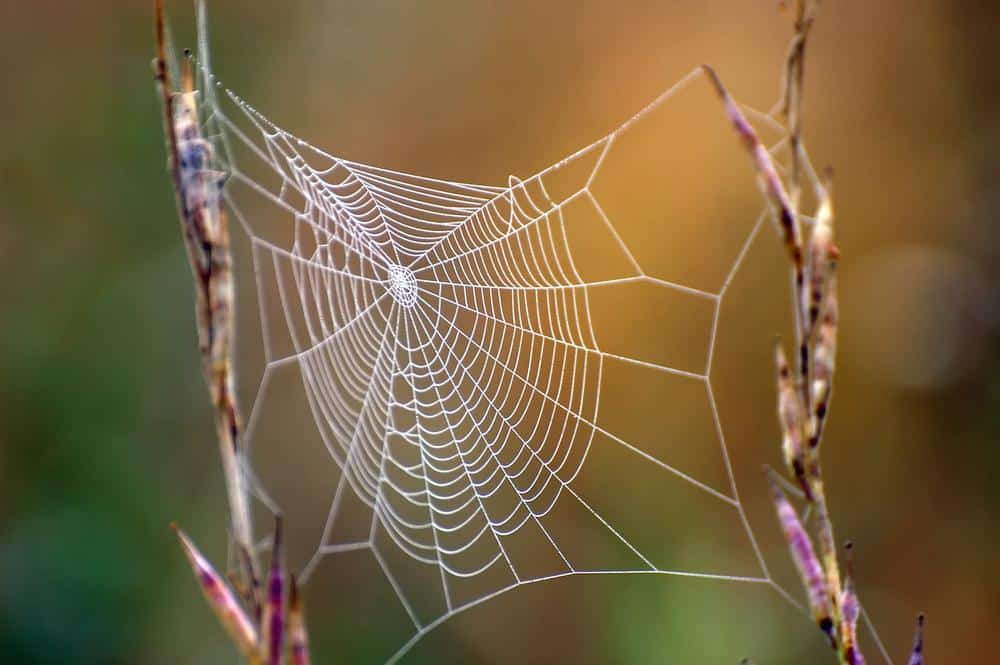
House centipedes, scientifically known as Scutigera coleoptrata, are common household pests. While their appearance might be intimidating, they are mostly harmless to humans and can even help control other pests. However, one question that often arises is: how long do house centipedes get?
The average length of a house centipede’s body is typically 25 to 35 mm (1.0 to 1.4 inches). However, their long legs and antennae can make them appear much larger, with an overall length of 75 to 100 mm (3 to 4 inches). Their size can be influenced by factors such as environmental temperature, habitat availability, genetic variation, and developmental stage.
Average Length of House Centipedes
The average length of a house centipede’s body is typically 25 to 35 mm (1.0 to 1.4 inches). However, their long legs and antennae can make them appear much larger, with an overall length of 75 to 100 mm (3 to 4 inches).
Factors Influencing the Size of House Centipedes
Several factors can influence the size of house centipedes. These include environmental temperature, habitat availability, genetic variation, and developmental stage. Warmer temperatures generally lead to larger body sizes in house centipedes, as it promotes faster growth rates. The availability of suitable habitats with ample prey resources can affect the overall size of house centipedes. A rich habitat supports better nutrition and thus, larger body sizes.
Size Variation in House Centipedes
The size of house centipedes can vary significantly. Newly hatched larvae have only four pairs of legs. As they molt and grow, they gain more legs, with adults having 15 pairs of legs. The last pair of legs on adult females are nearly twice the length of the body, contributing to their overall larger appearance.
Comparing the Size of House Centipedes to Other Household Pests
When compared to other common household pests, house centipedes are larger than many. For instance, carpet beetle larvae are only 1/4 inch long or less, and house flies are 1/8 to 1/4 inch long. On the other hand, house centipedes are smaller than some other pests like silverfish and termite swarmers, which can be up to 1/2 to 3/4 inch and 1/4 inch long, respectively.
How to Get Rid of House Centipedes
If you’re uncomfortable with the presence of house centipedes in your home, there are several steps you can take to get rid of them. These include identifying and eliminating damp conditions, using a high-powered vacuum, applying diatomaceous earth, eliminating their food supply, sealing external entry points, lowering humidity levels, using essential oils, and using sticky traps.
In conclusion, while the body of a house centipede is typically 1 to 1.4 inches long, their long legs and antennae can make them appear much larger, up to 3 to 4 inches in length. Despite their somewhat intimidating appearance, house centipedes are generally harmless to humans and are actually beneficial in controlling other pest insects.
Frequently Asked Questions
What do house centipedes eat?
House centipedes are carnivorous and feed on other household pests such as spiders, cockroaches, silverfish, and termites. Their diet helps in controlling the population of these pests in your home.
Are house centipedes poisonous?
House centipedes do possess venom to subdue their prey, but they are not dangerous to humans. While they can bite, it’s rare and usually only occurs if they feel threatened. The bite may cause minor irritation but is generally harmless.
How long do house centipedes live?
House centipedes have a relatively long lifespan for an arthropod. They can live up to 7 years, depending on the conditions of their environment.
Can house centipedes reproduce in houses?
Yes, house centipedes can and do reproduce in houses. A female house centipede can lay up to 150 eggs at a time, usually in damp and protected areas.
How can I prevent house centipedes from entering my home?
To prevent house centipedes from entering your home, you can seal cracks and crevices in walls, door and window frames, and around pipes. Keeping your home dry, especially in basements and bathrooms, can also discourage them as they prefer damp environments.


